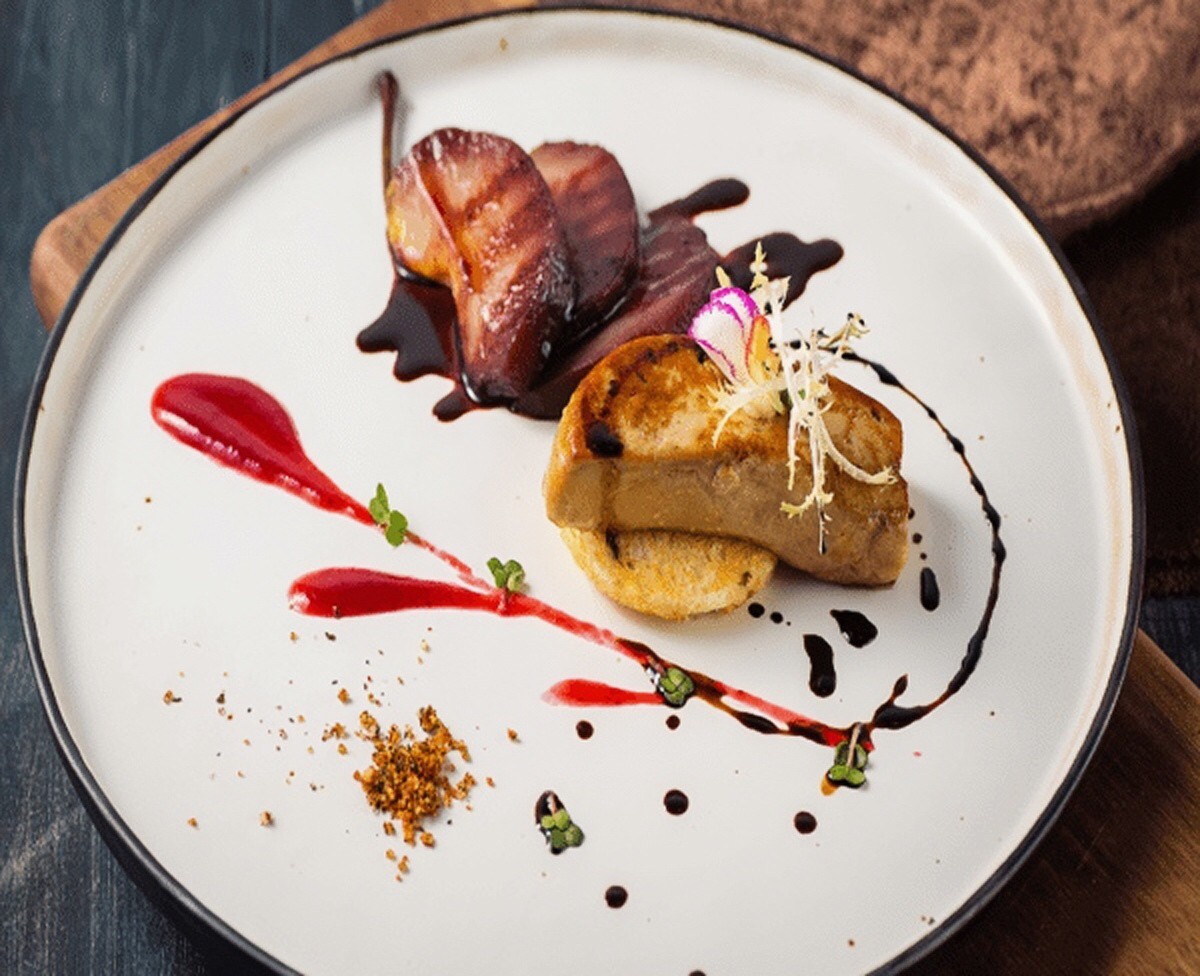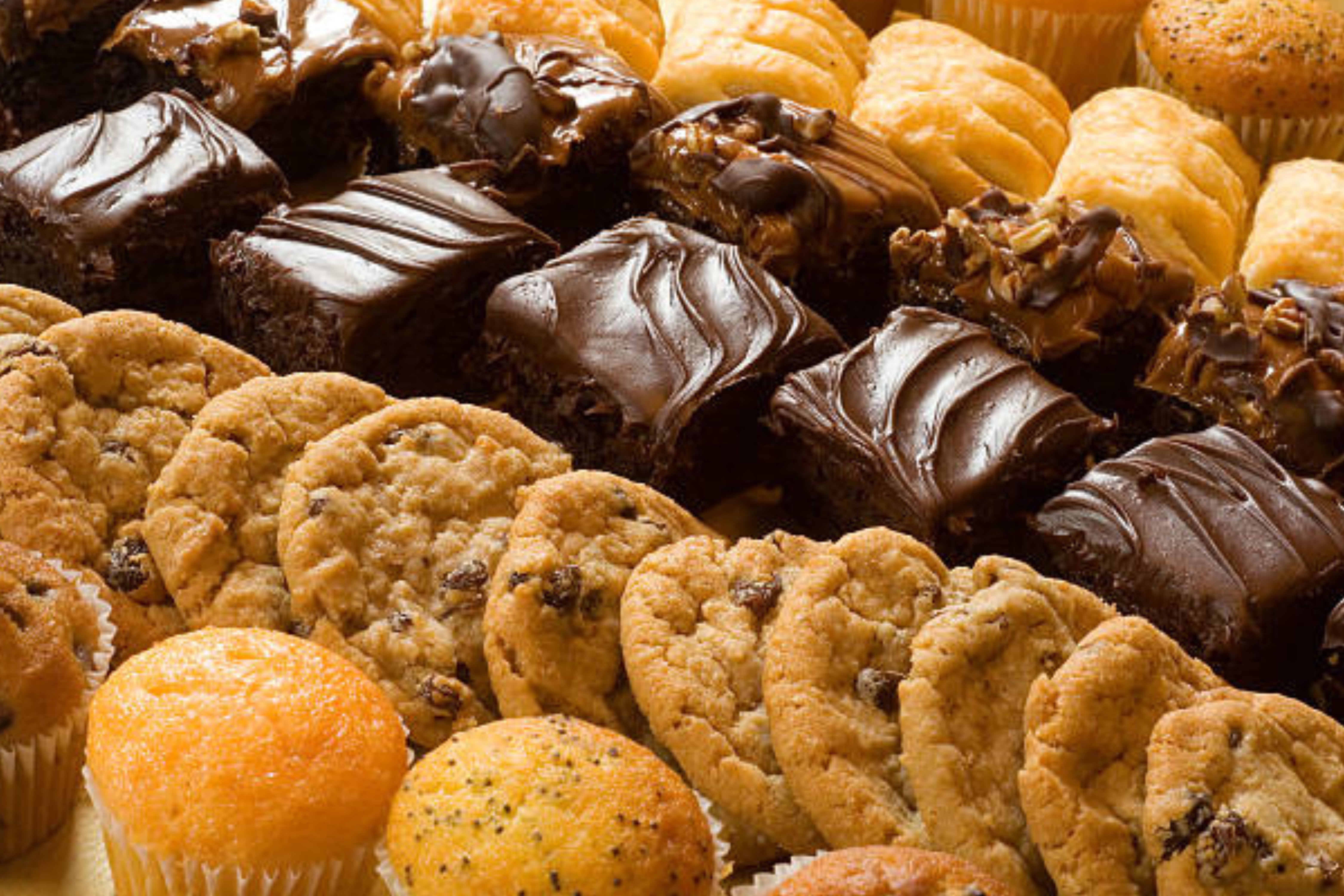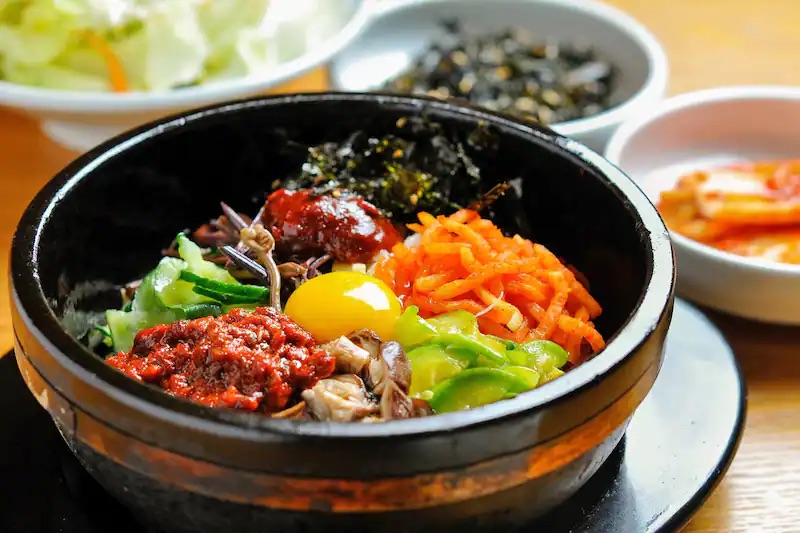In France, cooking is a serious art form, the birthplace of fine dining at a time when the rest of Europe was still binge eating
From sophisticated family meals to intangible cultural heritage
The culinary culture of France has had to go through a long historical journey and many ups and downs to reach the present perfection. Since the Middle Ages, the French style of enjoying food has been presented in the style of service en confusion (all dishes are served on the table at the same time). Their taste at that time was quite strong, the meal consisted mainly of beef, pork, poultry and fish with simple processing such as salt, smoked. The French focus on arranging beautiful dishes with vibrant colors. Especially cheese and wine processing techniques were formed from this period.

In the 16th century, the royal marriage of King Henry II to the princess of Florentina in present-day Italy - Catherine De Medicis opened a new era in French culinary history. When she came to France, the princess brought her close cook and Italian heirloom recipes to integrate and resonate in France. This special combination has inadvertently made French cuisine much more sublimated and refined with new ingredients used, minimizing the monotony in taste.
In the 17th century, chefs Francois Pierre La Varenne and Marie Antoine Careme made pioneering changes that reduced foreign influences and created a distinctive character for French cuisine. Cheese and wine are the main ingredients of the menu, taking on a certain role in the region and the country, with many laws protecting it.

Since the 18th century, France has been considered the center of the culinary arts. French cuisine is a fusion of history, culture, tradition and above all sophisticated culinary skills. Dishes such as Bouillabaisse, Quiche Lorraine, Bœuf Bourguignon, Escargots de Bourgogne and Coq au Vin have put French cuisine firmly on the culinary map of mankind. In 2010, French cuisine was included in UNESCO's list of intangible cultural heritage of the world.
Medieval, Haute and Nouvelle
The French are known to be very gourmet and are especially careful in each stage of eating, how to prepare, as well as in a comfortable and artistic sitting position. So French cuisine has a very clear style. That's something that no country can do. Each region in France has its own characteristics, however, all revolve around and highlight three main styles:

Medieval cuisine with a multi-course meal of pasty, fruit and grains. These dishes are elaborately presented to impress diners, and the importance of presentation is still maintained in French cooking today.
Haute Cuisine: Georges Auguste Escoffier, known as the Master Chef, brought Haute cuisine to the modern world. He revolutionized the fundamentals of French cooking including how food should be presented and served. With the publication of Le Guide Culinaire in 1903, Auguste Escoffier made Haute cuisine more modern.

Nouvelle cuisine (neoclassical cuisine): This style of cooking is defined by the use of fresh, high-quality ingredients; the meal is lighter and simpler, but the presentation is still very appealing.
Class and standards in every detail
The class of French cuisine also lies in the way of drinking wine. People do not drink indiscriminately, but each dish will only be served with a particular type of wine. This enhances the taste buds and also aids in good digestion.

French dining etiquette is also very special. They value having to relax and gather around the dining table. The order of sitting at the table is from the host to the woman, the elderly, the person with the position and finally the man. The table is always carefully set, even if it's just a simple lunch. During the meal, everyone put their phones away and no one looked at their watches. A strict rule about meal times in traditional French families, lunch will start at 1:30pm and dinner at 8:30pm.
The French dining table shows a very luxurious style. They pay attention to every detail, from the food plate to the wine glass and even each knife and fork. The layout of the dining table is very delicate and harmonious. French cuisine is hidden with meaningful messages and beautiful art of living.

French food is not only attractive in taste and color, but behind it is a remarkable historical journey and contains a good outlook on human life with all things around. Delicious, classy, elegant, sophisticated, and tasteful are all that the cuisine recognized as "intangible heritage" of the world brings to diners.
Image source: Internet.





